The University of Melbourne
The University of Melbourne: A Legacy of Excellence and Innovation
Introduction
The University of Melbourne, a beacon of academic excellence and innovation, stands as one of Australia’s most prestigious institutions of higher learning. Established in 1853, it is the second oldest university in Australia and consistently ranks among the top universities globally. This article delves into the rich history, academic prowess, research contributions, campus life, and future prospects of the University of Melbourne, highlighting why it remains a preferred choice for students and scholars worldwide.
Historical Overview
Foundation and Early Years
The University of Melbourne was established by an act of the Victorian Parliament on April 22, 1853, making it the oldest university in Victoria and the second oldest in Australia. Its founding was a response to the growing need for advanced education in the colony of Victoria, driven by the gold rush and the economic boom it triggered. The first chancellor, Sir Redmond Barry, played a pivotal role in its establishment and early development.
The university opened its doors to students in 1855 with a faculty of four professors and an inaugural cohort of sixteen students. The initial disciplines included medicine, law, and the arts, which laid the foundation for the diverse range of courses offered today.

Growth and Development
The late 19th and early 20th centuries saw significant expansion in terms of infrastructure and academic offerings. New faculties were established, including Engineering in 1861 and Science in 1886, reflecting the growing demand for technical and scientific education. The university also became a cultural hub, contributing to the intellectual and cultural life of Melbourne through public lectures, libraries, and museums.
Post-World War II, the University of Melbourne experienced a surge in enrolments and research activities. The introduction of the Commonwealth Scholarship Scheme in 1951 made higher education accessible to a broader segment of the population, further enhancing the university’s role in national development.
Academic Excellence
Faculties and Schools
The University of Melbourne boasts ten faculties, each comprising multiple schools that offer a wide array of undergraduate and postgraduate programs. These faculties are:
- Faculty of Architecture, Building, and Planning: Renowned for its innovative approaches to urban design and sustainability.
- Faculty of Arts: Home to the humanities, social sciences, and languages, fostering critical thinking and creativity.
- Faculty of Business and Economics: Producing leaders in finance, management, and economics.
- Faculty of Engineering and Information Technology: Pioneering advancements in engineering, computer science, and IT.
- Faculty of Fine Arts and Music: Cultivating talent in visual arts, performing arts, and music.
- Faculty of Law: Known for its rigorous legal education and influential research.
- Faculty of Medicine, Dentistry, and Health Sciences: Leading in medical research and healthcare education.
- Faculty of Science: Pushing the frontiers of knowledge in natural and physical sciences.
- Faculty of Veterinary and Agricultural Sciences: Promoting innovations in animal health and agricultural practices.
- Faculty of Education: Shaping the future of education through research and practice.
Global Rankings and Achievements
The University of Melbourne consistently ranks among the top universities worldwide. According to the QS World University Rankings 2024, it is ranked 37th globally and 1st in Australia. Its programs in law, education, and business frequently feature in the top 20 worldwide, attesting to the institution’s academic excellence and global impact.
The university’s research output is another testament to its standing. With over 100 research centres and institutes, it addresses global challenges in health, environment, technology, and society. Notable achievements include breakthroughs in medical research, such as the development of the cochlear implant and significant contributions to climate change studies.
Research and Innovation
Research Institutes and Centres
The University of Melbourne is home to numerous research institutes and centres that drive innovation across various disciplines. These include:
- The Peter Doherty Institute for Infection and Immunity: A collaboration with the Royal Melbourne Hospital, focusing on infectious diseases and immunology.
- Melbourne School of Engineering: Leading research in areas such as biomedical engineering, sustainable energy, and artificial intelligence.
- Melbourne Institute of Applied Economic and Social Research: Providing insights into economic and social policy issues.
- Bio21 Molecular Science and Biotechnology Institute: Advancing research in molecular science and biotechnology.
Collaboration and Partnerships
Collaboration is at the heart of the University of Melbourne’s research strategy. It partners with leading universities, research institutions, and industries worldwide to address complex global issues. Notable partnerships include the Universitas 21 network, the Group of Eight (Go8) coalition of top Australian universities, and numerous international research collaborations.
The university also fosters innovation through its engagement with industry. The Melbourne Accelerator Program (MAP), one of Australia’s leading startup accelerators, exemplifies this by supporting entrepreneurs and startups in bringing their innovations to market.
Campus Life
Student Demographics and Diversity
The University of Melbourne prides itself on its diverse and inclusive community. It hosts over 50,000 students, including 13,000 international students from more than 130 countries. This cultural diversity enriches the campus experience, promoting a global perspective and fostering mutual understanding.
Campus Facilities and Resources
The university’s main campus, located in Parkville, is a blend of historic buildings and state-of-the-art facilities. Key features include:
- Libraries: The Baillieu Library, the largest on campus, offers extensive collections in the humanities and social sciences. The university’s library system includes specialized libraries for law, medicine, architecture, and more.
- Research Facilities: Advanced laboratories, research centres, and technology hubs support cutting-edge research and innovation.
- Accommodation: On-campus housing options provide a supportive community environment for students. Residential colleges offer academic support, mentoring, and extracurricular activities.
- Sports and Recreation: The Melbourne University Sport facilities cater to a wide range of sports and fitness activities, encouraging a healthy and active lifestyle.
- Arts and Culture: The university hosts numerous cultural events, exhibitions, and performances. The Ian Potter Museum of Art and the Melbourne Theatre Company are notable cultural institutions affiliated with the university.
Student Support and Opportunities
Academic Support
The University of Melbourne is committed to supporting its students’ academic success. It offers a range of services, including academic advising, tutoring, and workshops on study skills and time management. The Academic Skills unit provides personalized assistance to help students achieve their academic goals.
Career Services
The university’s Careers and Employability service helps students navigate their career paths, offering career counseling, job search resources, and networking opportunities. The Melbourne Careers Centre organizes career fairs, employer presentations, and internship programs, connecting students with potential employers.
Extracurricular Activities
Extracurricular activities play a crucial role in the student experience at the University of Melbourne. The university boasts over 200 student clubs and societies, covering a wide range of interests from academic and professional groups to cultural and recreational clubs. These organizations provide opportunities for leadership development, community service, and social engagement.
Global Learning
Global learning opportunities are a cornerstone of the University of Melbourne’s educational approach. The university offers numerous exchange programs, study abroad options, and internships with partner institutions around the world. These experiences enhance students’ global awareness and prepare them for international careers.
Notable Alumni
The University of Melbourne has produced a remarkable array of alumni who have made significant contributions across various fields. Some notable alumni include:
- Julia Gillard: The 27th Prime Minister of Australia and the first woman to hold the office.
- Peter Doherty: Nobel Laureate in Physiology or Medicine for his work on the immune system.
- Elizabeth Blackburn: Nobel Laureate in Physiology or Medicine for her discovery of the enzyme telomerase.
- Gillian Triggs: Former President of the Australian Human Rights Commission.
- David de Kretser: Former Governor of Victoria and prominent medical researcher.
Challenges and Future Prospects
Addressing Global Challenges
As a leading institution, the University of Melbourne is at the forefront of addressing global challenges such as climate change, public health, and social inequality. Its research initiatives and academic programs are geared towards finding innovative solutions to these pressing issues.
Embracing Technological Advancements
The rapid pace of technological change presents both opportunities and challenges for higher education. The University of Melbourne is investing in digital infrastructure, online learning platforms, and cutting-edge research in fields like artificial intelligence and data science to stay ahead of these trends.
Enhancing Accessibility and Inclusion
The university is committed to enhancing accessibility and inclusion for all students, regardless of their background. Initiatives such as scholarships, outreach programs, and support services aim to ensure that higher education is within reach for underrepresented groups.
Conclusion
The University of Melbourne, with its rich history, commitment to academic excellence, and forward-thinking approach, continues to be a leader in higher education. Its contributions to research, innovation, and societal development underscore its role as a vital institution in Australia and the world. As it navigates the challenges and opportunities of the 21st century, the University of Melbourne remains dedicated to shaping the future through education, research, and community engagement.
This comprehensive overview highlights the myriad ways in which the University of Melbourne influences and shapes the academic, cultural, and social landscapes, affirming its status as a premier institution of learning and discovery.

How To Apply
How to Apply to the University of Melbourne
Applying to the University of Melbourne involves several steps, including researching your desired program, meeting the entry requirements, preparing necessary documents, and submitting your application. This guide will provide a detailed overview of the application process for both undergraduate and postgraduate programs, as well as additional information for international students.
Step-by-Step Application Guide
Step 1: Choose Your Program
Undergraduate Programs
The University of Melbourne offers a wide range of undergraduate programs across its ten faculties. Programs are designed to provide a comprehensive education with opportunities for specialization in later years. Popular undergraduate degrees include:
- Bachelor of Arts
- Bachelor of Science
- Bachelor of Commerce
- Bachelor of Biomedicine
- Bachelor of Engineering
Postgraduate Programs
The university also offers a variety of postgraduate programs, including coursework and research degrees. These include:
- Master’s degrees (e.g., Master of Business Administration, Master of Engineering)
- Doctoral programs (PhD)
- Graduate diplomas and certificates
Step 2: Check Entry Requirements
Academic Requirements
Each program has specific academic entry requirements. For undergraduate programs, this typically includes completion of secondary education equivalent to the Australian Year 12, with specific subject prerequisites and a competitive ATAR (Australian Tertiary Admission Rank) or equivalent.
For postgraduate programs, applicants must hold an undergraduate degree in a relevant field. Research degrees may also require prior research experience or a master’s degree.
English Language Proficiency
Non-native English speakers must demonstrate English language proficiency. Accepted tests and minimum scores include:
- IELTS: Overall score of 6.5 with no band less than 6.0
- TOEFL iBT: Overall score of 79 with no less than 21 in writing
- PTE Academic: Overall score of 58 with no communicative skill below 50
Some programs may have higher English language requirements.
Step 3: Prepare Necessary Documents
When preparing your application, gather the following documents:
- Academic transcripts and certificates
- English language test results
- Personal statement or statement of purpose
- Curriculum vitae (CV) or resume (for some postgraduate programs)
- References or letters of recommendation (for some postgraduate programs)
- Research proposal (for research degrees)
Step 4: Submit Your Application
Undergraduate Applications
Australian and New Zealand students, as well as international students completing an Australian Year 12 or International Baccalaureate (IB) in Australia, should apply through the Victorian Tertiary Admissions Centre (VTAC). Applications open in August and close in late September for entry in the following year.
International students can apply directly to the University of Melbourne through the online application portal. Applications are typically accepted throughout the year, but it’s important to check specific deadlines for your chosen program.
Postgraduate Applications
Postgraduate applications are submitted directly to the University of Melbourne via the online application portal. Application deadlines vary by program, so it’s crucial to check the specific dates for your course of interest.
Step 5: Apply for Scholarships and Financial Aid
The University of Melbourne offers a range of scholarships and financial aid options for both domestic and international students. These include merit-based scholarships, need-based grants, and specific awards for research students. To apply for scholarships, follow the instructions provided on the university’s scholarships page and submit any additional required documentation.
Step 6: Track Your Application and Await the Outcome
After submitting your application, you will receive a confirmation email with details on how to track your application status. The university will review your application and notify you of the outcome. This process can take several weeks, so be patient and ensure you check your email regularly for updates.
Additional Information for International Students
Visa Requirements
International students accepted into a full-time program must apply for an Australian student visa (subclass 500). To apply for a visa, you will need:
- A Confirmation of Enrolment (CoE) from the University of Melbourne
- Evidence of sufficient funds
- Overseas Student Health Cover (OSHC)
- A valid passport
- Proof of English language proficiency
The Department of Home Affairs website provides detailed information on visa requirements and the application process.
Accommodation
The University of Melbourne offers various accommodation options, including residential colleges, student apartments, and shared houses. It’s advisable to apply for accommodation as soon as you receive your offer of admission, as spaces can fill up quickly.
Tips for a Successful Application
- Start Early: Begin your application process well in advance to ensure you have enough time to gather all required documents and meet deadlines.
- Research Thoroughly: Carefully read the specific entry requirements and application instructions for your chosen program.
- Seek Assistance: If you have questions or need help with your application, contact the University of Melbourne’s admissions office or international student services.
- Review and Proofread: Ensure all information provided in your application is accurate and complete. Proofread your personal statement and other written components to avoid errors.
Conclusion
Applying to the University of Melbourne is a structured process that requires careful preparation and attention to detail. By following the steps outlined in this guide, prospective students can navigate the application process with confidence and increase their chances of gaining admission to one of the world’s leading universities. The University of Melbourne’s commitment to academic excellence, diverse programs, and vibrant campus life makes it a compelling choice for students from around the globe.
FAQS
FAQs About Applying to the University of Melbourne
General Application Questions
Q1: What is the application process for the University of Melbourne?
A1: The application process involves selecting your desired program, checking the entry requirements, preparing necessary documents, and submitting your application through the appropriate portal. Undergraduate applicants typically apply through VTAC (for domestic students) or the university’s online portal (for international students). Postgraduate applications are submitted directly through the university’s online portal.
Q2: What are the application deadlines?
A2: Application deadlines vary by program. Undergraduate VTAC applications typically open in August and close in late September for entry in the following year. Direct international applications have varying deadlines depending on the course. Postgraduate application deadlines also vary by program. Check the specific deadlines for your program of interest on the university’s website.
Q3: How do I check the status of my application?
A3: After submitting your application, you will receive a confirmation email with instructions on how to track your application status online. Regularly check your email and the application portal for updates.
Entry Requirements
Q4: What are the academic entry requirements?
A4: Academic entry requirements differ by program. For undergraduate programs, you need to have completed secondary education equivalent to the Australian Year 12, meeting specific subject prerequisites and a competitive ATAR or equivalent. For postgraduate programs, you generally need an undergraduate degree in a relevant field; research degrees may require prior research experience or a master’s degree.
Q5: What are the English language requirements?
A5: Non-native English speakers must provide evidence of English language proficiency. Accepted tests and minimum scores include:
- IELTS: Overall score of 6.5 with no band less than 6.0
- TOEFL iBT: Overall score of 79 with no less than 21 in writing
- PTE Academic: Overall score of 58 with no communicative skill below 50
Some programs may have higher English language requirements.
Supporting Documents
Q6: What documents do I need to submit with my application?
A6: Required documents typically include:
- Academic transcripts and certificates
- English language test results
- Personal statement or statement of purpose
- Curriculum vitae (CV) or resume (for some postgraduate programs)
- References or letters of recommendation (for some postgraduate programs)
- Research proposal (for research degrees)
Q7: How do I submit my documents?
A7: Documents should be uploaded through the online application portal as part of your application. Ensure all files are clear, legible, and in the specified format (e.g., PDF).
Scholarships and Financial Aid
Q8: What scholarships are available?
A8: The University of Melbourne offers a range of scholarships for both domestic and international students, including merit-based scholarships, need-based grants, and specific awards for research students. Details on available scholarships and application processes can be found on the university’s scholarships page.
Q9: How do I apply for scholarships?
A9: The application process for scholarships varies. Some scholarships are automatically considered with your application for admission, while others require a separate application. Follow the instructions on the university’s scholarships page and submit any additional required documentation by the specified deadlines.
International Students
Q10: What are the visa requirements for international students?
A10: International students must apply for an Australian student visa (subclass 500). Required documents include:
- Confirmation of Enrolment (CoE) from the University of Melbourne
- Evidence of sufficient funds
- Overseas Student Health Cover (OSHC)
- A valid passport
- Proof of English language proficiency
More detailed information is available on the Department of Home Affairs website.
Q11: What accommodation options are available for international students?
A11: The University of Melbourne offers various accommodation options, including residential colleges, student apartments, and shared houses. It’s advisable to apply for accommodation as soon as you receive your offer of admission, as spaces can fill up quickly.
Additional Support
Q12: Where can I find help if I have questions about my application?
A12: If you have questions or need assistance, you can contact the University of Melbourne’s admissions office or international student services. They provide guidance and support throughout the application process.
Q13: Are there any resources to help with the application process?
A13: The University of Melbourne provides various resources, including application guides, webinars, and one-on-one consultations to help applicants understand the process and requirements. Check the university’s website for available resources and support services.
Program-Specific Questions
Q14: Can I apply to multiple programs?
A14: Yes, you can apply to multiple programs. However, each application may require separate documentation and application fees. Ensure you meet the entry requirements for each program you apply to.
Q15: How do I apply for a research degree?
A15: To apply for a research degree, you need to identify a potential supervisor, prepare a research proposal, and submit your application through the university’s online portal. Research degree applications often require additional documentation, such as a curriculum vitae (CV), academic transcripts, and letters of recommendation. Check the specific requirements for your chosen research area on the university’s website.
These FAQs provide a comprehensive overview of the application process, requirements, and support available for prospective students at the University of Melbourne. For detailed information and the latest updates, always refer to the university’s official website and contact their admissions office if needed.
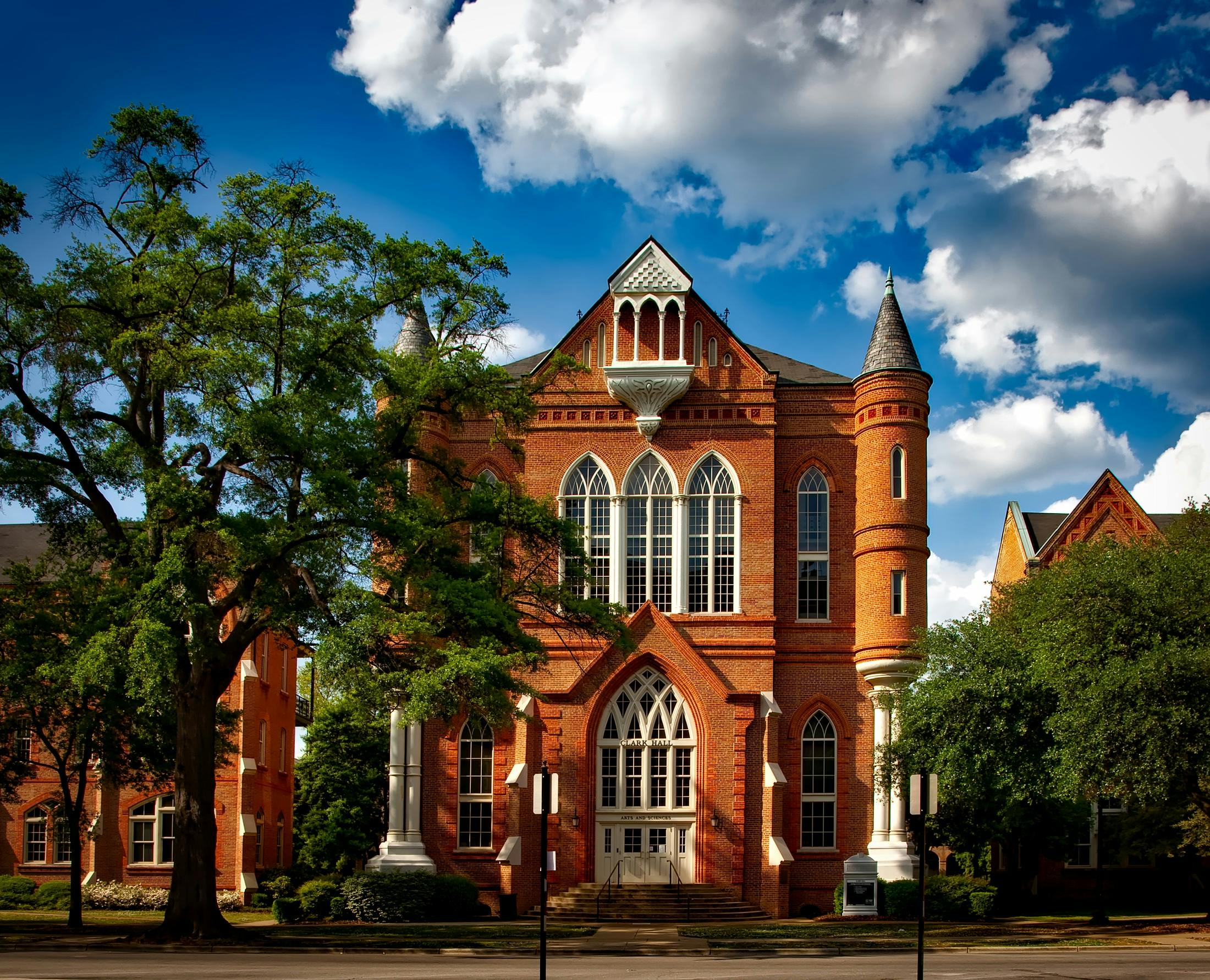


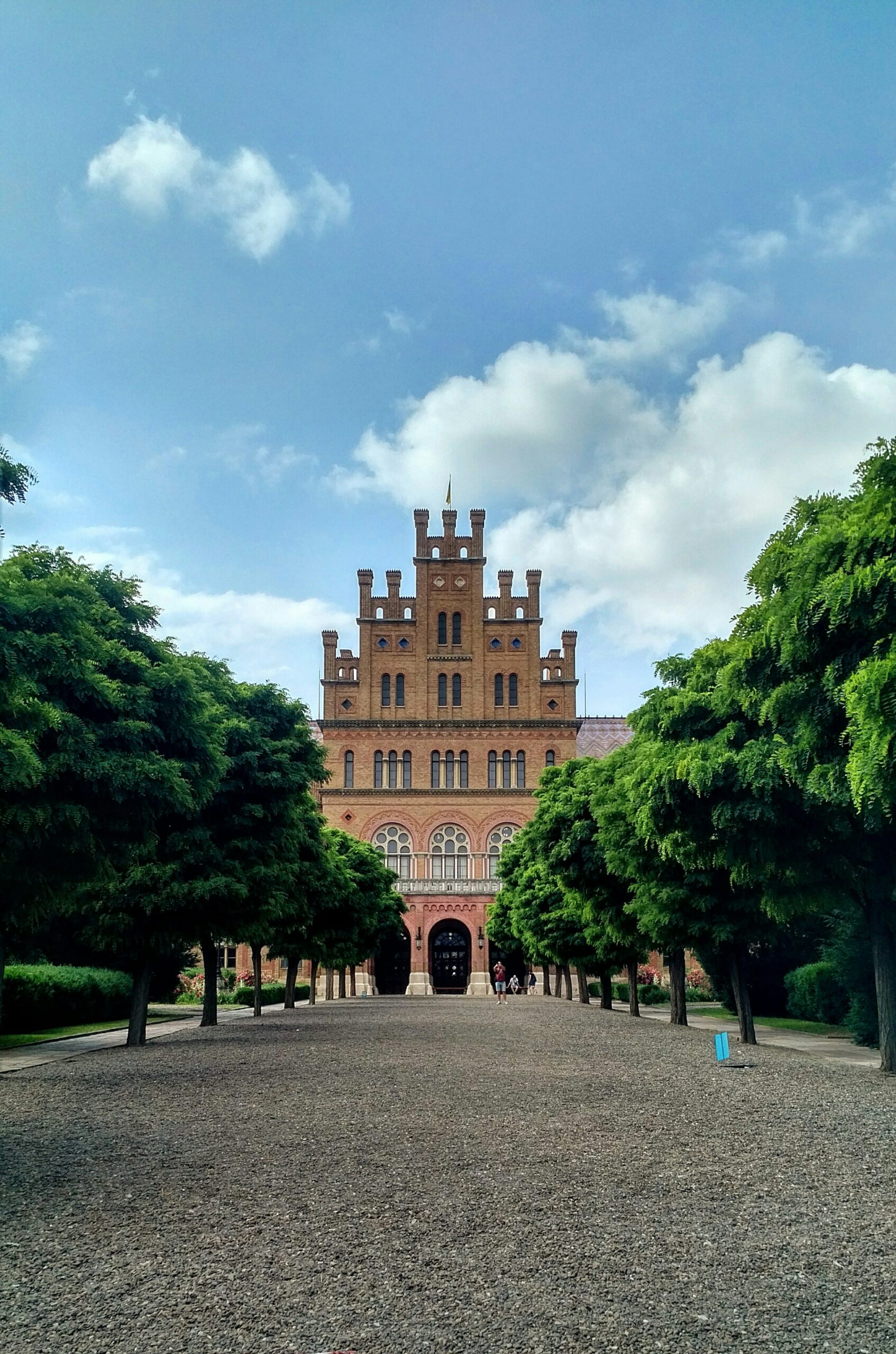


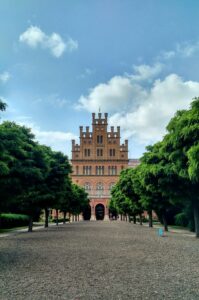

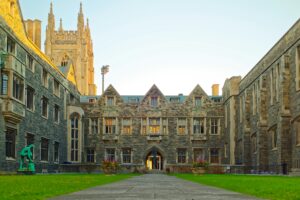
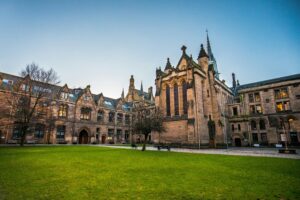

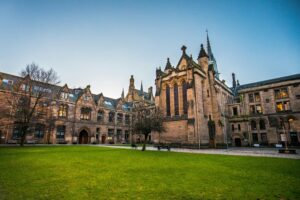


Post Comment